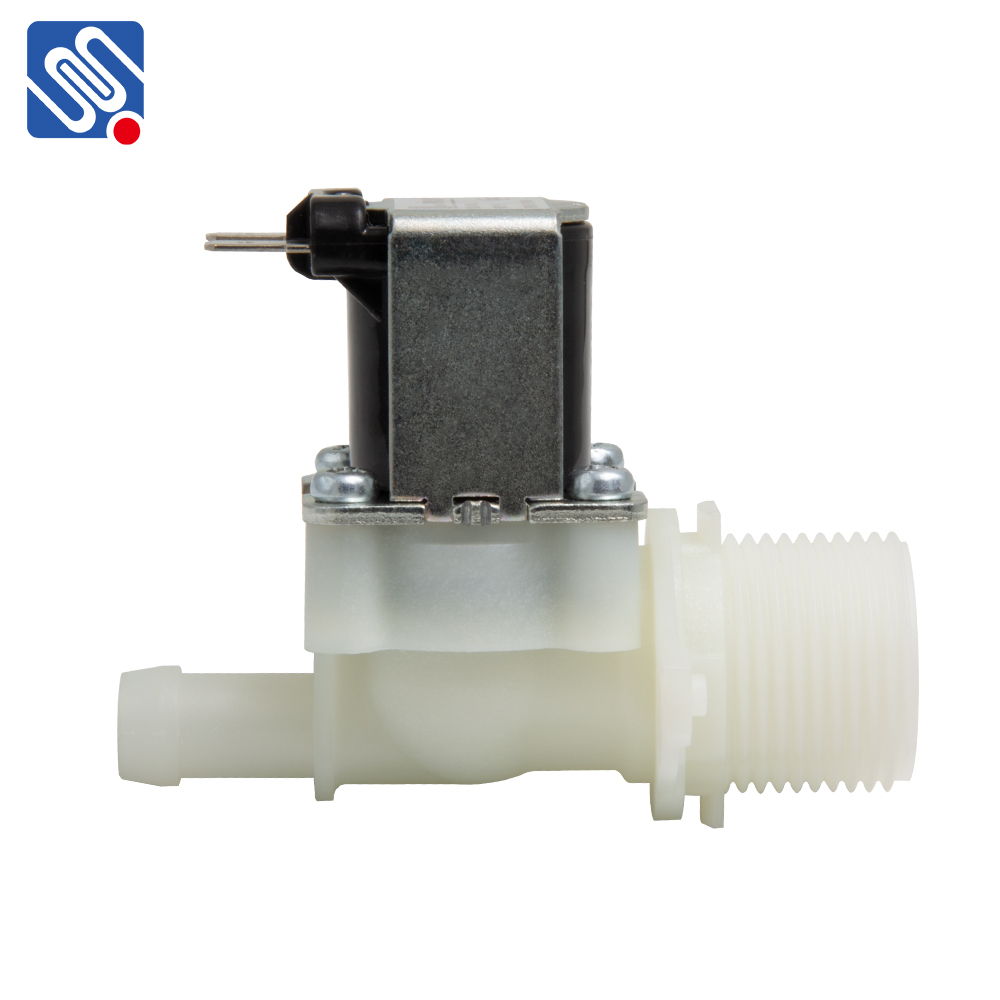Water solenoid valves are integral components in various industries, providing efficient and automated control over water flow. These valves function using an electromagnetic mechanism that enables precise control of fluid, offering advantages such as automatic regulation and energy efficiency. This article explores the essential characteristics, types, applications, and benefits of water solenoid valves, shedding light on their widespread use in both domestic and industrial settings.

What is a Water Solenoid Valve? A water solenoid valve is a type of electromechanical valve that uses an electromagnetic coil to control the flow of water. When electricity flows through the solenoid coil, it creates a magnetic field that moves a plunger or diaphragm, opening or closing the valve. The valve’s primary purpose is to regulate water flow automatically based on an external control signal, ensuring efficient and timely distribution of water in systems that require precise management. How Does it Work? The working principle of a water solenoid valve is simple yet effective. The valve consists of three main components: the solenoid coil, valve body, and valve seat. When the solenoid coil is energized by an electric current, it generates a magnetic field that pulls or pushes the valve plunger or diaphragm. This action opens or closes the valve, allowing water to flow through or stopping it completely.